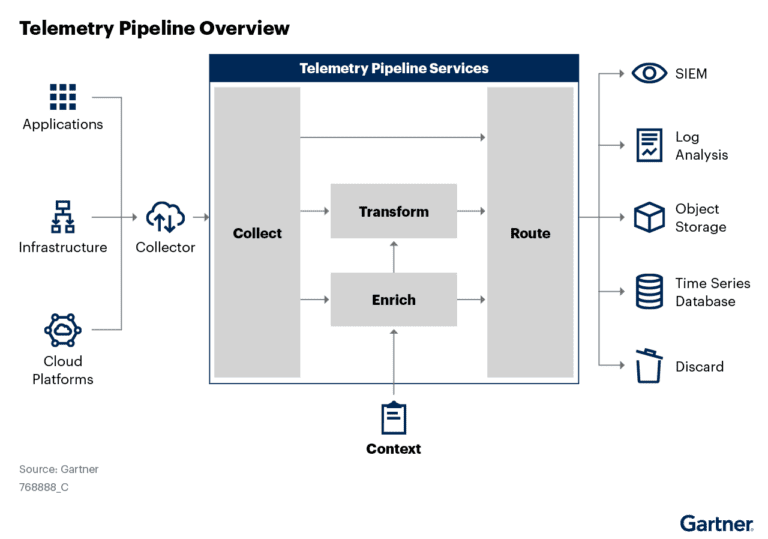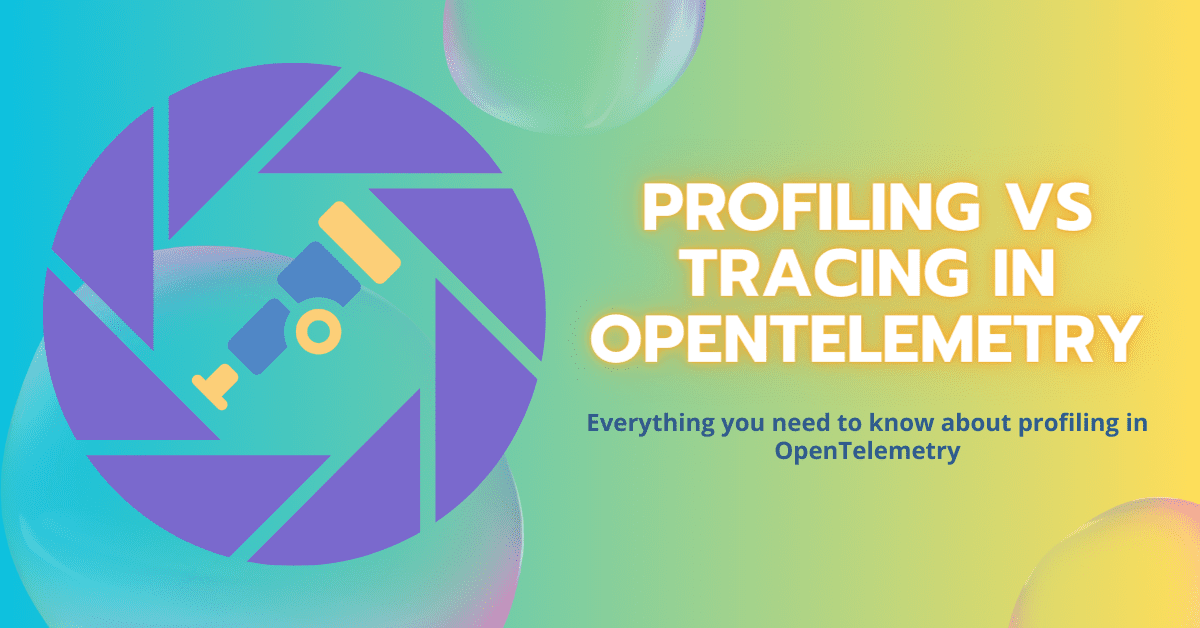
Profiling Vs Tracing in OpenTelemetry
When OpenTelemetry first came into the picture with the merger of OpenCensus and OpenTracing in 2019, it was pretty much all about classic telemetry data,
FREE e-books on technology and observability topics
Learn more about Apica in these solution briefs.
Get a brief introduction to our key products with Datasheets
Get a quick overview of our products with Apica’s brochures
Get the most out of Apica though these video demos.
Get detailed case studies of Apica’s solutions to real-world challenges.
Get a thorough insight of Apica via our comprehensive white papers
Learn how to use Apica with our quick start guide
Articles and guides that help you make data-driven decisions
See how we stack against other vendors
Gain insights into the behavior, performance, and health of your system
Leverage Kubernetes environments to identify services, pods, metrics, etc
Unlock business insights and improve efficiency with Apica’s OpenTelemetry integration
Ensure high levels of data-driven decision-making and powerful business outcomes
Learn more
Step-by-Step instructions for common tasks
Free dashboards for popular applications
Integrate with automation and scripted worflows.
Step-by-Step instructions to deploy Apica in Kubernetes
Run Apica in a Docker Compose sandbox
Articles and guides that help you make
data-driven decisions
Get the latest posts in your email

When OpenTelemetry first came into the picture with the merger of OpenCensus and OpenTracing in 2019, it was pretty much all about classic telemetry data,
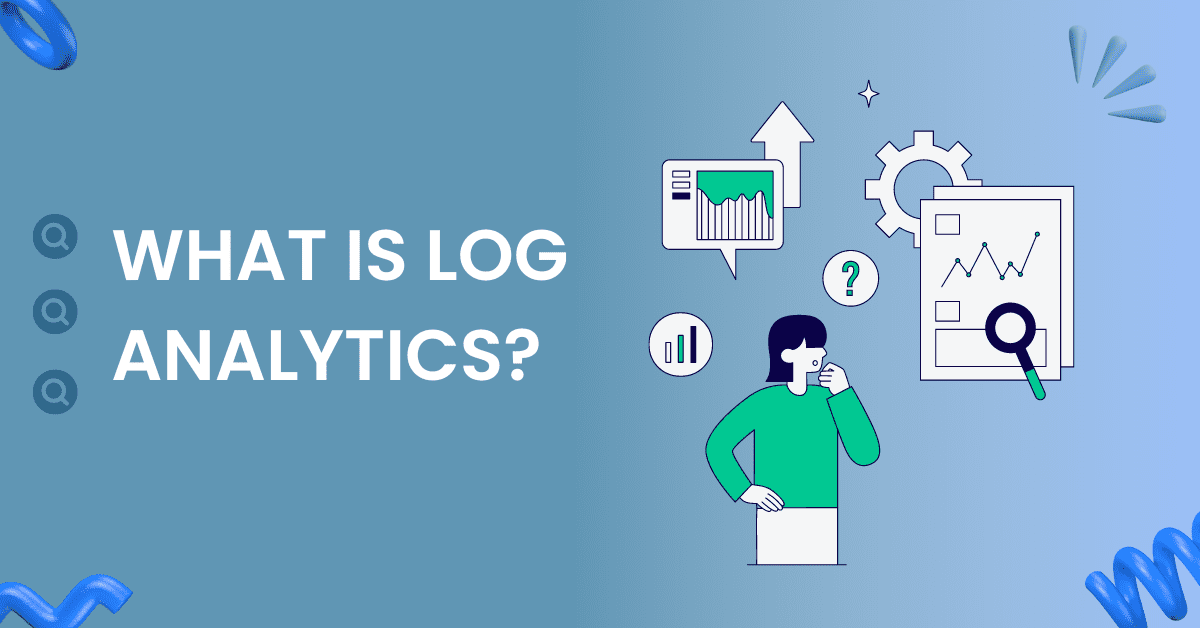
A detailed overview of log analytics, what log analytics is used for, the many benefits associated with it along with Apica’s best practices.

Today, we are excited to announce that we have partnered with Boomi to provide its customers with unparalleled observability capabilities on its integration platform. Boomi

Today, we’re adding to the groundwork we’ve established to provide enterprise organizations with a modern approach to data unification to improve insights. Our True North
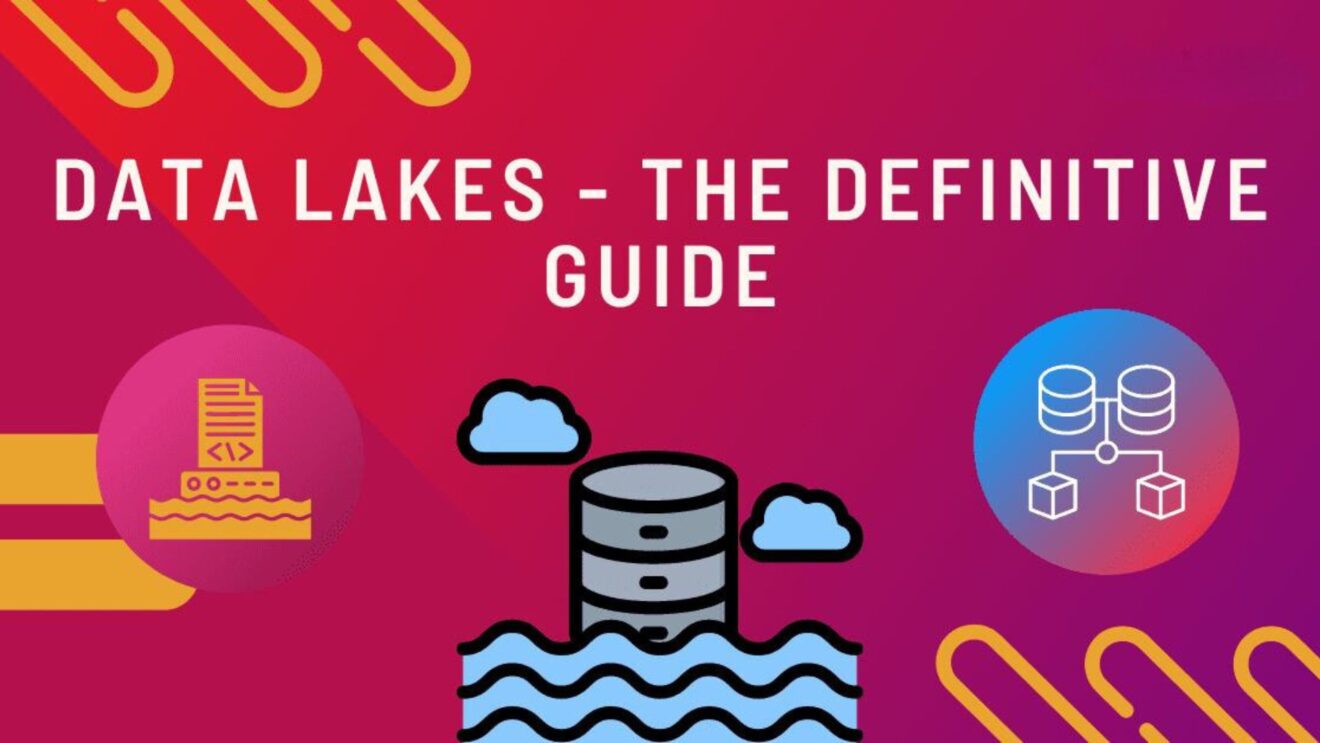
Explore the many uses, benefits, and common challenges of data lakes and how Apica’s data lake solution can help.
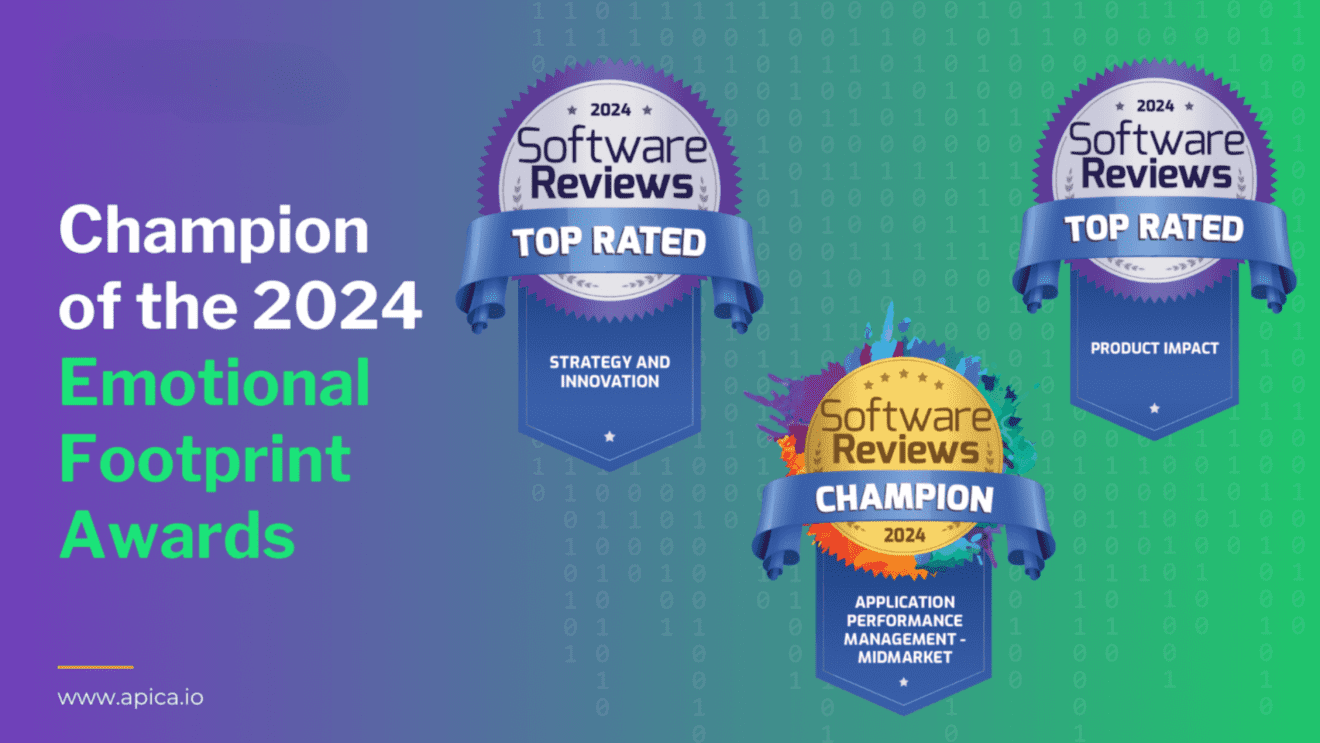
We are thrilled to announce that Apica Ascent has been honored with the prestigious Champion badge in the 2024 Application Performance Management – Emotional Footprint

Explore the key deciding factors in choosing the best Observability Tools for your Enterprise in 2024.
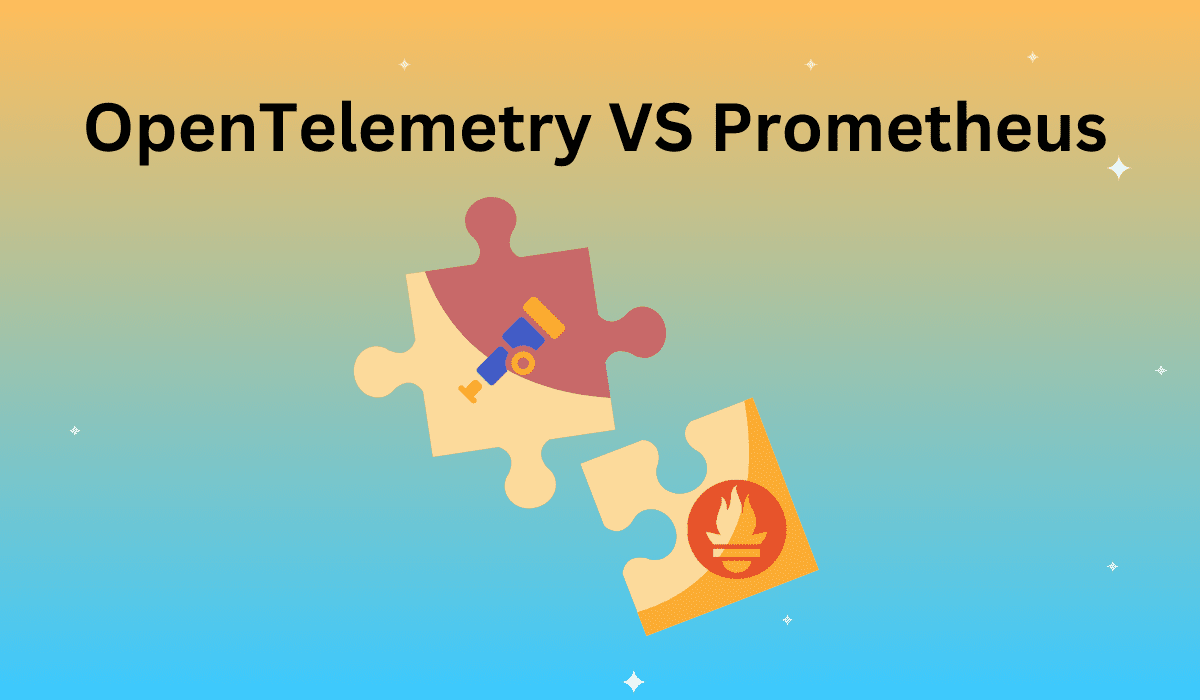
OpenTelemetry vs Prometheus is a commonly searched and debated topic in the Observability and monitoring space. While both platforms are widely used in software and

In a world where the only constant is change, the onset of 2024 brings with it a slew of technological advancements and challenges. Predicting the

Unlock the full potential of your data and cloud infrastructure with a personalized demo of Apica. See firsthand how our Apica Ascent platform can transform your data observability strategy, ensure scalability, flexibility, and deliver precision in every aspect of your operations.
